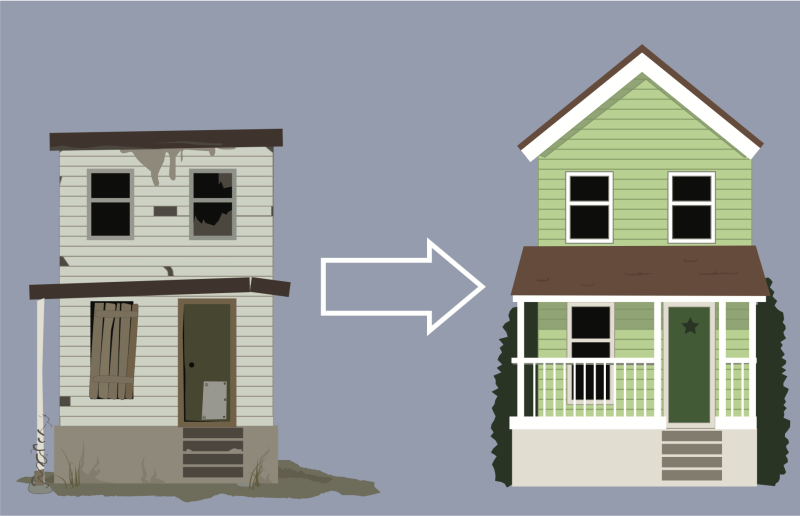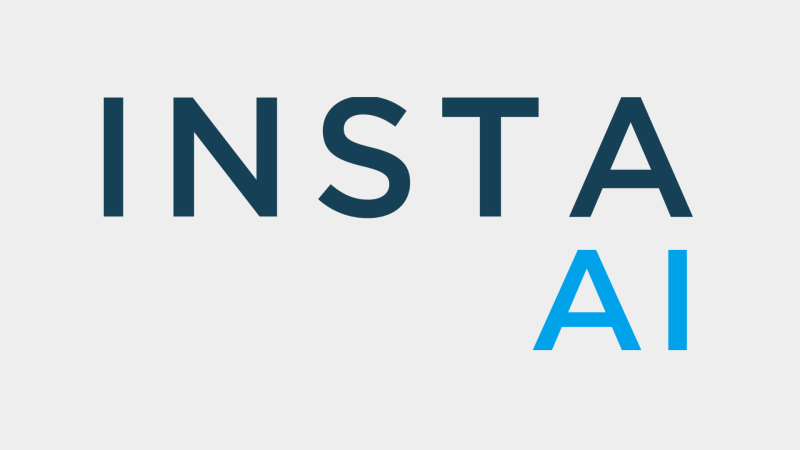
Black Knight report sheds light on skyrocketing principal and interest payments and decline in equity tapping amid rising interest rates.
New data from Black Knight paints a sobering picture of the U.S. housing market in what is being described as a historically challenging climate for homebuyers and existing mortgage holders. This month's Mortgage Monitor Report reveals that average monthly payments for principal and interest (P&I) reached an unprecedented $2,306 in July 2023, impacting both home purchase affordability and the willingness of mortgage holders to tap into their equity.
“The average principal and interest payment among borrowers purchasing a home using a 30-year fixed-rate loan hit its highest point ever in July at $2,306, and that’s before taxes and insurance are factored in,” Black Knight Vice President of Enterprise Research Andy Walden said. “That’s up 60% over the past two years, which got us to thinking: just when did the $2,000 monthly mortgage payment become the norm? Just two years ago, only 18% of homebuyers were facing that level of payment; as of the end of July that share had grown to 51%. Beyond that, nearly one in four July homebuyers has payments north of $3,000, up from just 5% in 2021. We’ve been talking about affordability for quite some time now, but this puts the situation in stark relief."
Rising interest rates haven't just made homes less affordable; they have also influenced how existing mortgage holders interact with their home equity. In Q2 2023, only $39 billion was withdrawn via cash-out refinances and home equity loans, compared to $79 billion in Q1 2022—before interest rates began to ascend.
Historically, between 2010 and 2021, an average of 0.92% of available tappable equity was withdrawn each quarter. This rate has plummeted to 0.4% over the past three quarters, signaling a 55% decline. Walden explains that "there’s been nearly $200 billion less equity withdrawn – and reinjected into the broader economy – than might otherwise have been, due in large part to elevated interest rates.”
Adding to the complexity, the rates for HELOCs have surged, exceeding 8.5% for the first time in over 15 years. While HELOCs briefly offered more favorable rates than cash-out refinances during the rate upheavals of Q2/Q3 2022, they have since lost that advantage. This shift has contributed to a decline of over 30% in second-lien equity withdrawals compared to last year. However, HELOCs remain the more attractive of the two options for homeowners needing to access equity without sacrificing record-low first-lien rates.
The new data will likely add urgency to ongoing discussions about housing affordability and financial stability, as prospective buyers and existing homeowners navigate an increasingly complex and costly market landscape.




